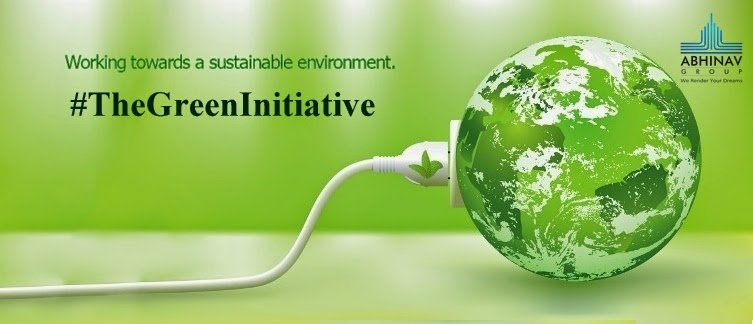Assessed at Rs. 4000 billion, or $100
billion, the Indian construction market is behind only to that of the USA and China. Government spending, private
investments as well as FDI have made India one of the top ten spending
nations on construction in the world. The twelfth five year plans project an
investment of 10% of the national GDP into infrastructure, which is almost $1
trillion. This only makes it all the more imperative for builders to start
looking at better ways to implement and adhere to green initiatives and rules.
Buildings account for 30-40% of the energy usage in the country. To counter
this the GOI, Government of India, has come up with various energy efficient
initiatives like Green Buildings by Indian Green Building Council (IGBC),
Energy Conservation Building Codes (ECBC), Green Rating for Integrated Habitat
Assessment (GRIHA), Star ratings by Bureau of Energy Efficiency among others to
ensure more implementation of green technologies in buildings.
Wastage in the construction industry has
often been the biggest Achilles heel for this industry, it is as high as 30%.
At current valuation we are talking about an attrition of almost $27 billion.
This is a large, but relatively easy challenge to tackle. This absorbs a lot of
resources, man hours and materials but creates absolutely no value. Developed
countries have forums to address this wastage and embrace lean construction
practices. Lean construction is a way to design production systems to minimize
waste of materials, time and efforts in order to generate maximum possible
value. Despite many steps being taken in this direction, India does not have fully focused lean construction form.
Use of fly ash and cement substitutes –
Studies have gone on to show that by 2020 the economically viable stocks of
prospectable limestone are going to get scarce. India
has a good availability of products like fly ash and GGBFS, India produces
up to 130 million tons of fly ash out of which only 35-40% is used. More use of
this byproduct can go a long way in cutting the use of cement.
Use manufactured sand – Aggregate scarcity
is one of the biggest concerns of the industry today. Strict dredging laws from
various local authorities about taking sea sand as well as river sand keeping
in mind the environmental concerns have choked this market. In many places
around the country, especially in the northern Gangetic plain, sand is easily
available, but it is not usually the coarse aggregate that are necessary for a
good mix. The answer is to use manufactured sand artificially produced from
rocks using a vertical shaft impactor (VSI). This type of sand has little to no
organic or inorganic impurities.
Energy conservation – Use of smart lighting
initiatives also helps in keeping the carbon footprint of the building down.
Efficient use of daylighting and LED lighting helps.
Demolition and recycling – One of the
biggest challenges of this industry is to utilize the materials that comes
out of demolitions for construction.
